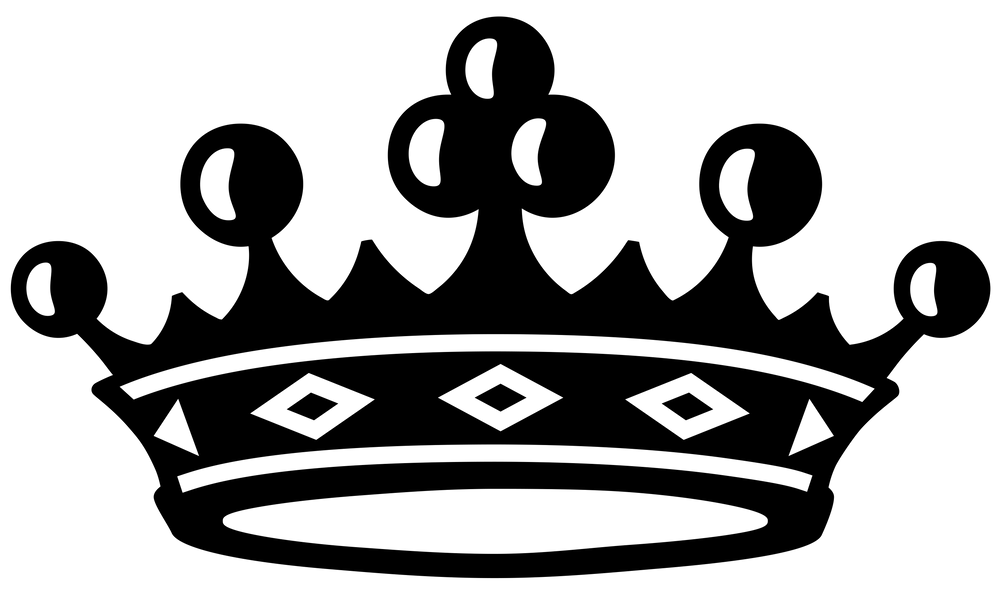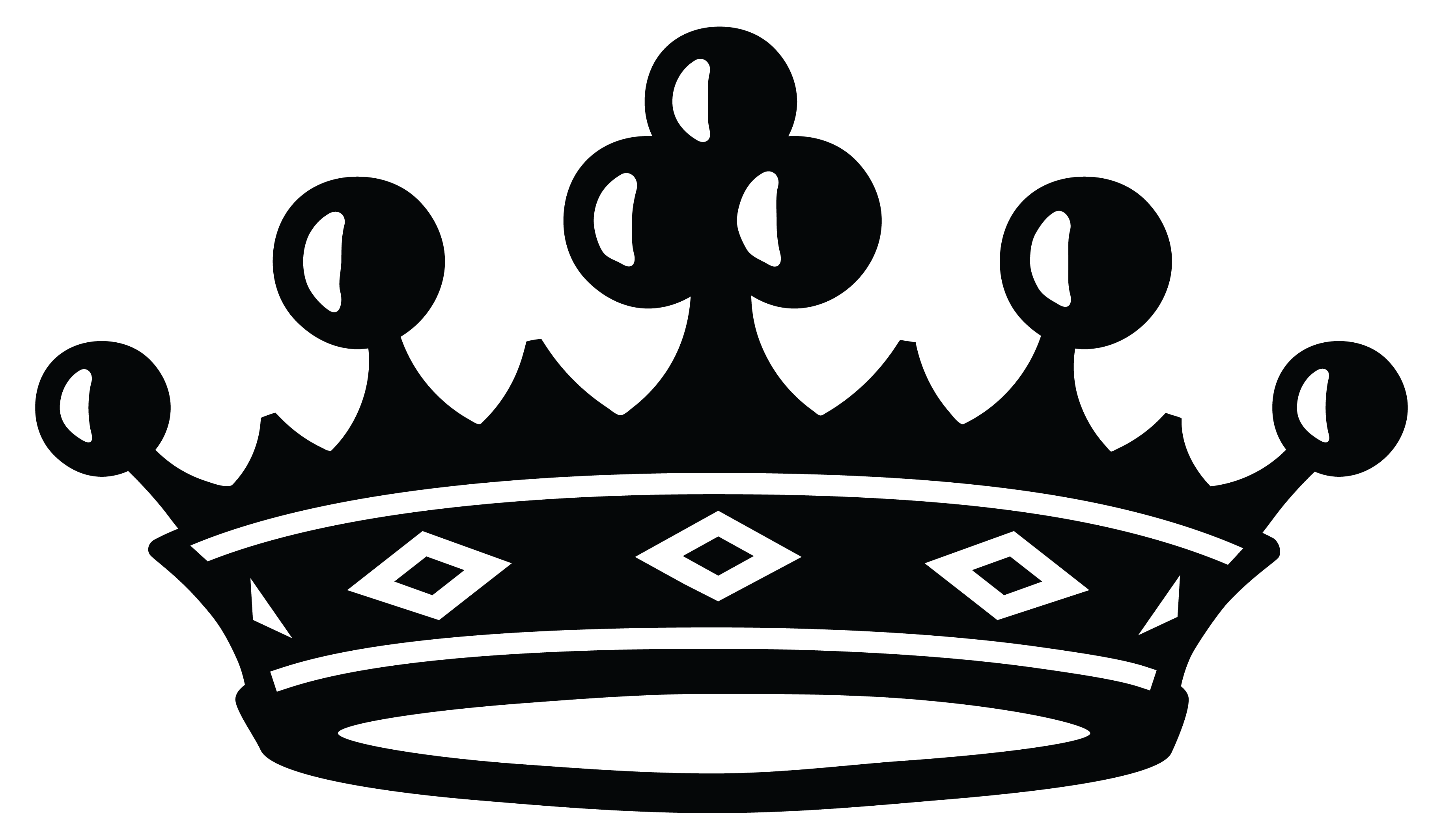We are so excited to share with you the inspiring work of Yadichinma Ukoha-Kalu, our latest Artist in Residence as part of the on-going KRONE x WHATIFTHEWORLD programme.
Read on for more insight into Yadichinma’s residency experience, which was hosted in the heart of Twee Jonge Gezellen, the home of Krone Vintage-only Cap Classique.
Yadichinma Ukoha-Kalu (b. 1995, Lagos, Nigeria) is a multimedia artist and illustrator working in sculpture, painting, drawing, and digital media. Her practice explores multi-dimensional environments where abstract elements, textures, and materials interact. She views each object as its own world, particularly artefacts representing archival systems from traditional African cultures. Her work blends traditional and modern methods, focusing on change, flux, and imagined spaces. She explores mark-making and geometric forms that evolve spontaneously. Her process involves researching and documenting her environment, creating tactile, experimental art. Yadichinma’s solo exhibitions include A Whitespace Creative Agency (2016) in Lagos. She has also participated in international projects, such as the Growbox Art Project at Zeitz MOCAA (2018), the Art Dubai Residency Programme (2020), and a 2023 residency in Dakar, Senegal, which culminated in a solo show featured at the 1-54 Art Fair in Marrakech, Morocco.
Yadichinma Ukoha-Kalu’s body of work, ‘Otimkpu Is Coming’ is on show at WHATIFTHEWORLD gallery until Saturday the 21st of September.













